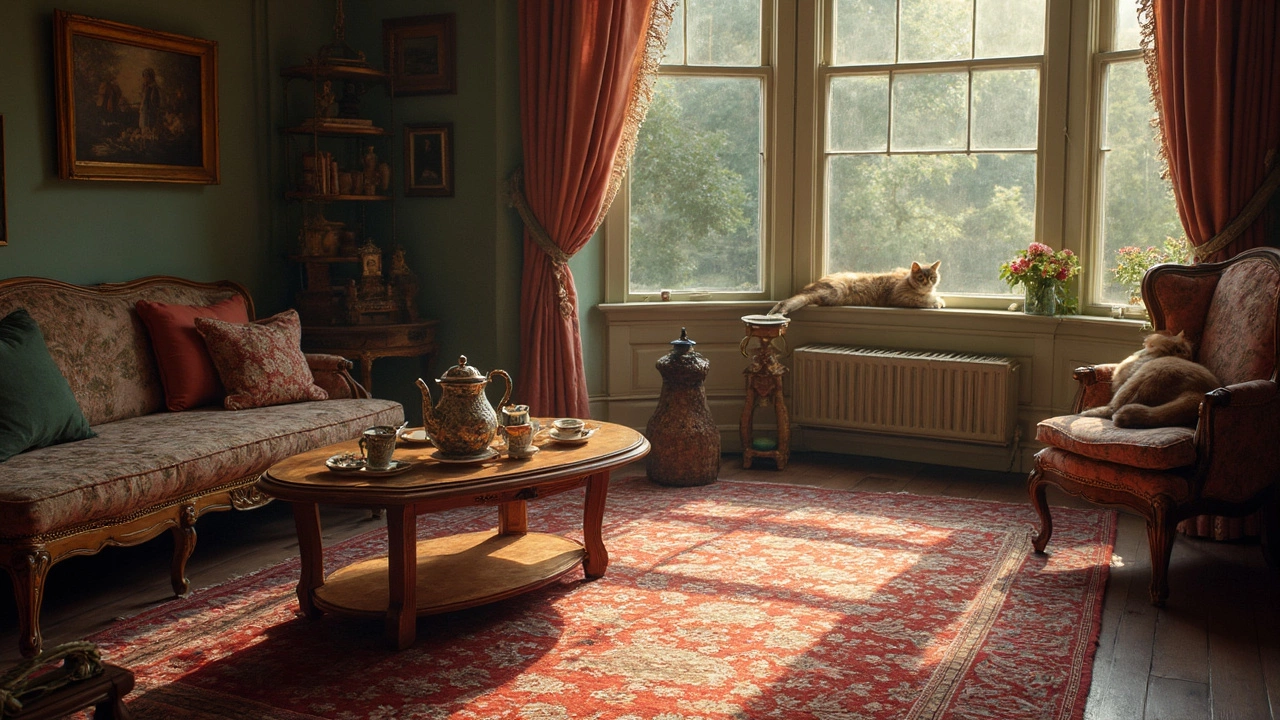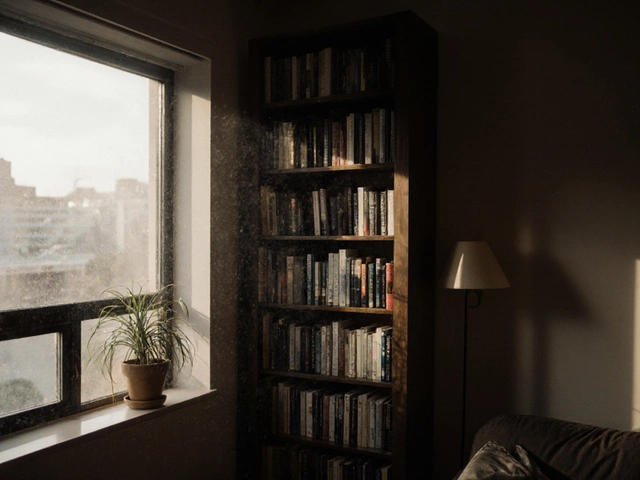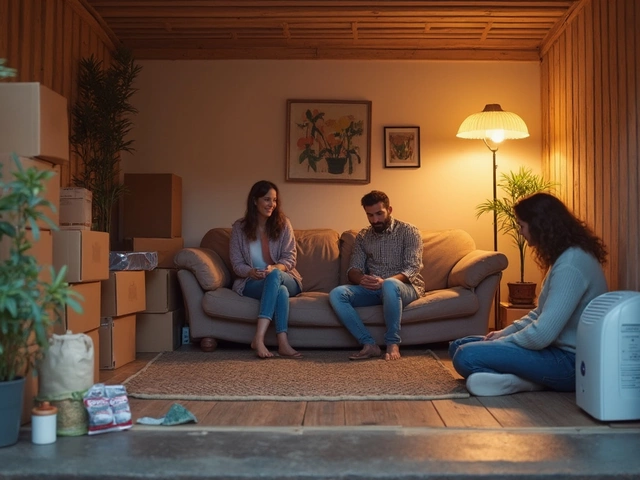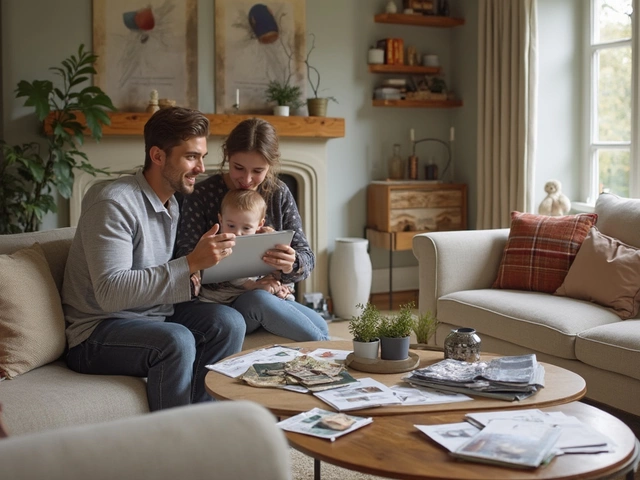Coffee Tables: How to Pick the Right One for Your Space
Whether you’re setting up a classroom break area or a living‑room lounge, a coffee table does more than hold drinks. It can anchor a room, add storage, and give a polished look. The biggest mistake people make is guessing the right size or thickness without a quick check. Below you’ll get practical, no‑fluff advice that works for any budget.
How to Choose the Right Thickness
Wood thickness is the first thing to look at. A tabletop that’s too thin will wobble when someone leans on it; too thick and it feels bulky and heavy. For most coffee tables, 1.5‑inch (about 38 mm) solid wood provides solid stability without being overkill. If you prefer a sleek modern vibe, a 1‑inch (25 mm) veneer over engineered board works fine, but make sure the frame is reinforced with metal brackets.
Think about usage. In a school lounge, kids may push the table or place heavy books on it, so stick to the 1.5‑inch rule. In a stylish apartment, a lighter 0.75‑inch glass top can look great, but pair it with a sturdy metal base to avoid any wobble.
Tips for Picking the Best Coffee Table
1. Measure the space. Leave at least 18‑inches (45 cm) of clearance around the table for easy movement. If the room is small, choose a round or oval table to save corner space.
2. Match the material to the room. Hardwood like oak or walnut adds warmth to a classroom reading corner, while metal or acrylic fits a contemporary office break area. Look for finishes that resist scratches—laminated surfaces are budget‑friendly and low‑maintenance.
3. Consider storage. Many coffee tables come with hidden drawers or shelves. For teachers, a table with a lower shelf can store board games or magazines without cluttering the floor.
4. Check the height. Standard coffee tables sit 16‑18 inches (40‑45 cm) high, which aligns with most sofa seat heights. If you have low‑profile seating, a 14‑inch table feels more comfortable.
5. Think about style durability. Trends change, but a simple rectangular shape in a neutral finish stays relevant. Add a personal touch with a decorative tray or a few books.
When you buy, ask the seller about the warranty and the source of the wood. Sustainably harvested timber not only helps the planet but often comes with better grain quality, making the table last longer.
Putting it all together, start by measuring your space, pick a thickness that matches the expected load, and choose a material that fits the room’s vibe and upkeep level. Follow these steps, and you’ll have a coffee table that looks good, works well, and survives daily use—whether in a classroom, office, or home.





